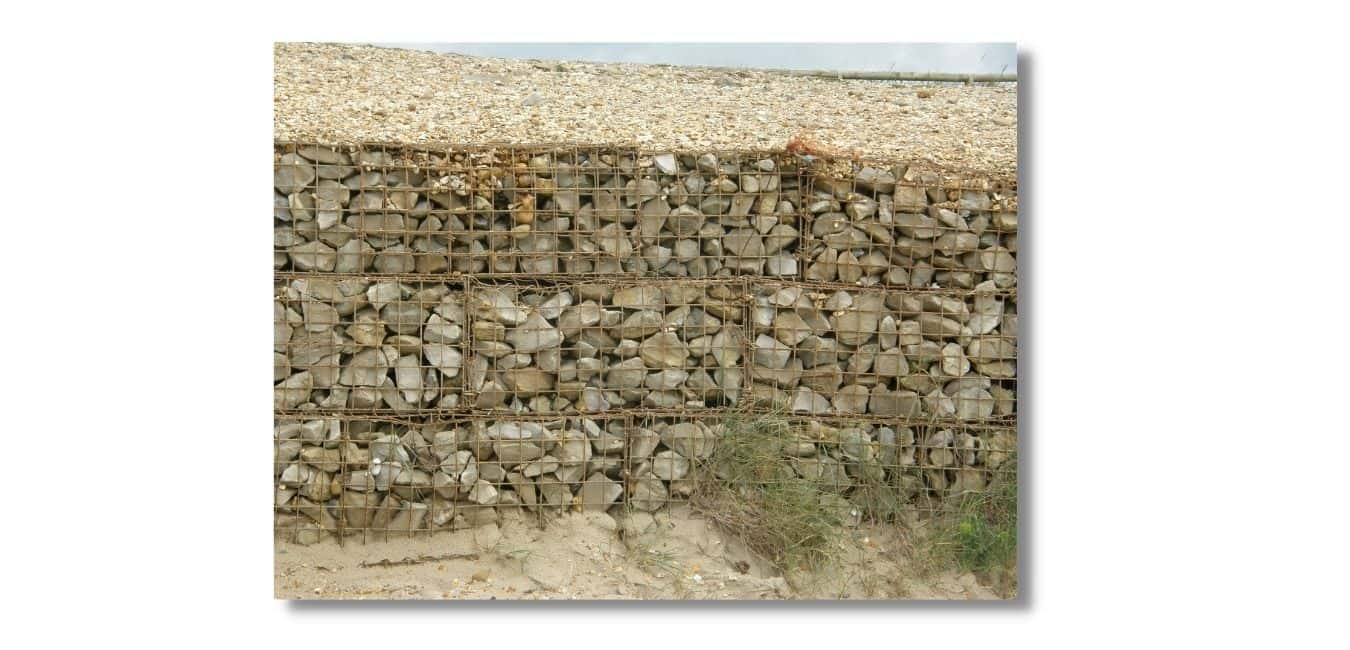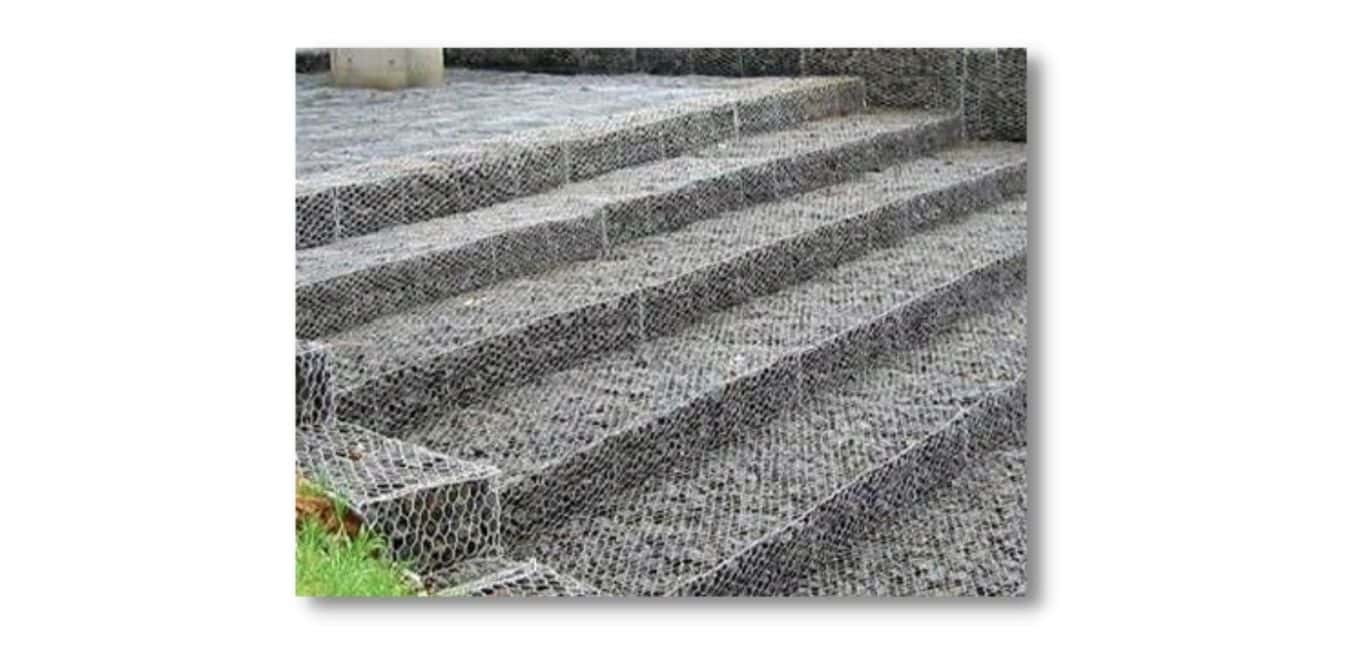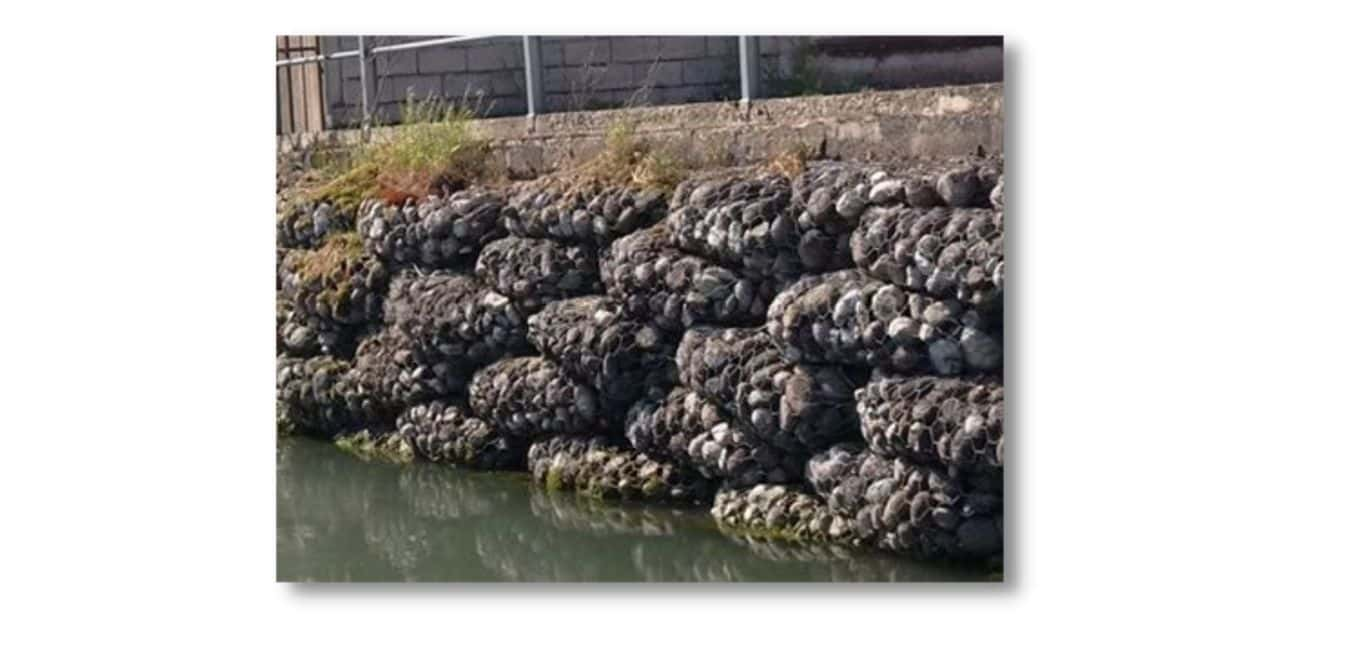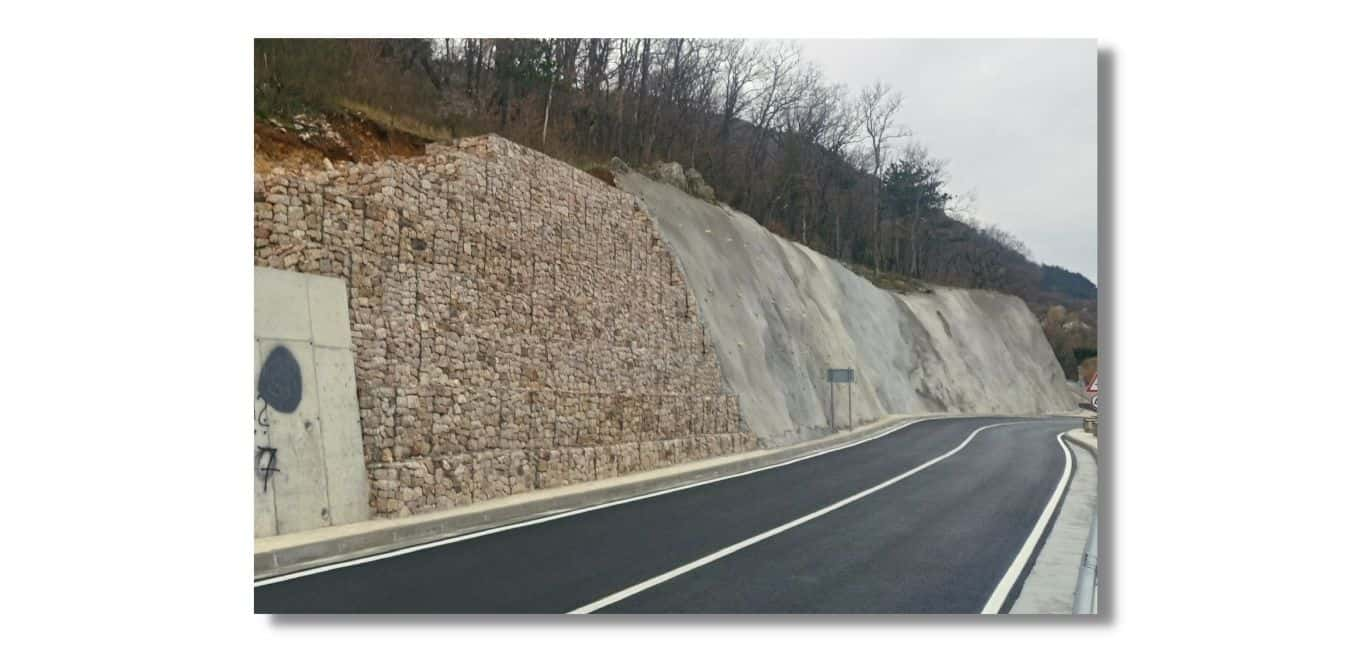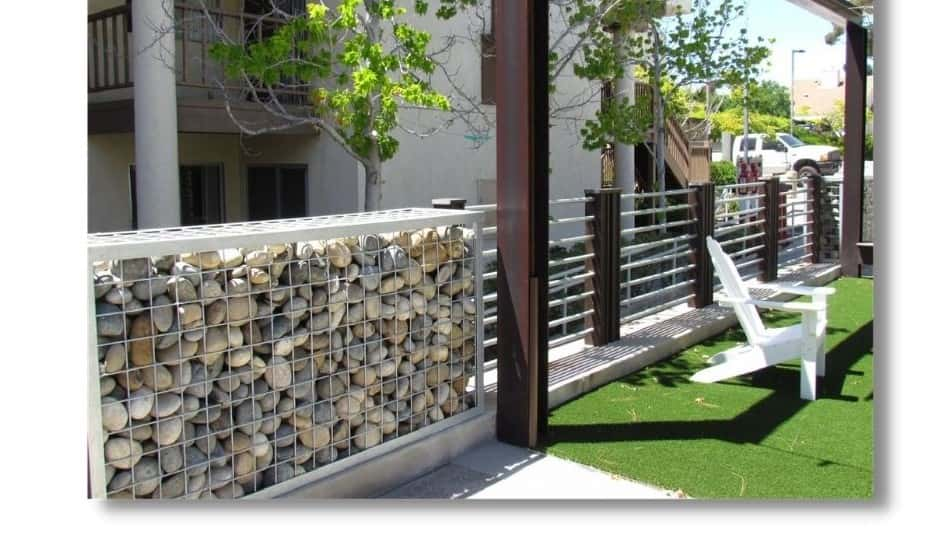What is Gabion?
Gabion are rectangular welded wire cage or box which are filled with materials such as stone, concrete, sand, or soil. So, these are used as flexible block construction for slope stability and erosion protection in construction.
Different types of gabions are constructed and used in constructions. Gabions are a porous type of structure and sometimes these can be vegetated which improves durability and stability.
Types of Gabions
1. Gabion Baskets
2. Gabion Mattresses
3. Gabion Sacks
4. Gabion Wire Mesh
5. Decorative Gabion Elements
1. Gabion Basket
These are box shaped net wire mesh with which comes in different sizes. gabion basket are usually used in highway and railway works. and can be economical only when the filling material is available near project site.
2. Gabion Mattresses
Gabion mattresses are shorter than the other types of gabions. These are used in channel coating to prevent erosion. The standard size of mattresses would be 6m in length, 2m width and 3m height.
3. Gabion Sacks
Gabion sacks has porous and flexible structure and these are generally used in hydraulic works.
4. Gabion Wire Mesh
Gabion wire mesh are used in-order to prevent the fall of rock and stone on highways and railway surfaces. It enhance the stability of the slope and helps in anti-erosion.
5. Decorative gabion Elements
Decorative gabion elements are generally used for landscaping purpose and can be used for external and internal walls and decorative gabions gives aesthetic looks.
Applications of Gabions
● Construction of retaining structures such as retaining walls , revetment and toe walls to embankments and cuttings.
● Corrosion prevention structures for instance sea walls, river bank defenses, canal banks, dams, weirs, groins and for the protection of reservoirs and lakesides.
● Cylindrical metal gabion are used for dams or in foundation construction.
● It is used as a noise barrier.
● These are also used as a temporary flood wall.
● Gabions are utilized to change the direction of the force of flood water around weak structure
● Stepped gabions improve energy dissipation in channels.
● Gabions are used for aesthetic purposes.
Advantages
● Gabions has, Ease of handling and transportation.
● Has high Durability can resist atmosphere corrosion.
● Flexibility- Can tolerate movements
● Due to high strength it can resist flood force, torrential force and other earth pressures.
● Permeability to water which provides good drainage.
Disadvantages
● Low habitat value
● Wire baskets in gabions may be subjected to wear and tear due to wire abrasion.
● Difficult to install requires large equipment’s.
Also Read-What is sunken slab?| Applications | Advantages | Disadvantages


